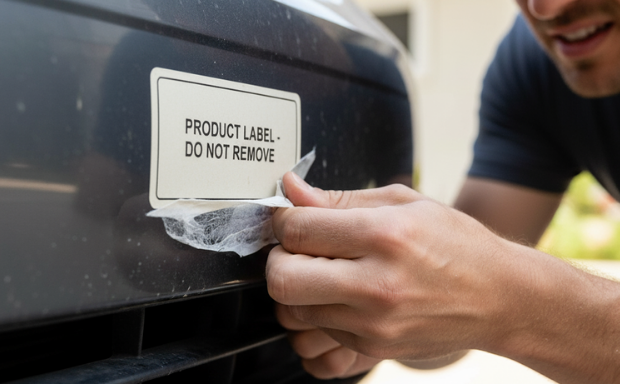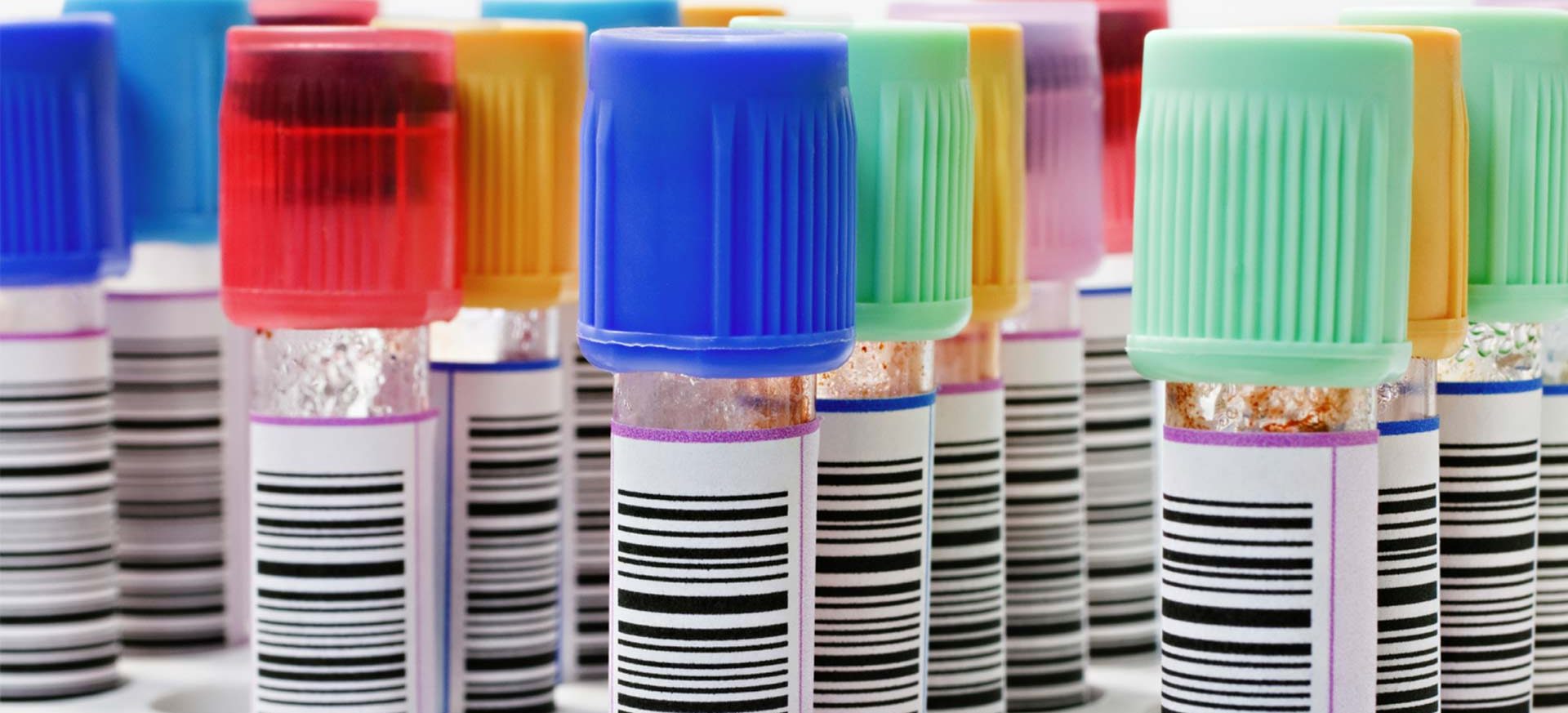
What We’ve Learned About Label Adhesives in Extreme Conditions
In today’s busy world, knowing what’s what and where it is is super important. But what happens when your labels have to deal with high/freezing temperatures, nasty chemicals, constant water, or even rough rubbing?
Regular sticky labels just won’t cut it. This is where special label adhesive comes in, designed to handle the toughest conditions.
At Expert Labels, we’ve spent many years learning all about glues. We’ve figured out what makes a label stick, even under extreme conditions.
Our main goal isn’t just to make it stick, but to make sure it stays in place and readable for a long period of time. This protects important info, keeps things safe, and keeps your brand looking good, no matter the challenge.
The Big Problem: Sticking in Tough Spots
A label’s adhesive needs to create a strong bond between the label and the surface it’s on. In a normal office, that’s usually easy. But add these things, and it gets tricky:
- Extreme Temperatures: Think of freezers as cold as the North Pole (-196°C) or ovens hot enough to bake bricks (>200°C). Big temperature changes can make glue crack and fall off, or get soft and gooey.
- Chemicals: Strong cleaners, acids, or oils can break down the glue, wash away the ink, and make your label impossible to read. In the UK, labels on chemical containers shipped by sea have to meet tough rules (like BS 5609) to stay readable.
- Water and Wetness: Being constantly wet, having water drip on them, or even being dunked in liquid can make some glues weak, causing labels to peel off.
- Rubbing and Wear: If labels are rubbed a lot, hit often, or left outside in the wind and rain, they can wear down and the glue can fail.
- Sunlight (UV rays): Too much sun can break down the glue over time, making it turn yellow, become brittle, and lose its stick.
- Difficult Surfaces: Some plastics or rough surfaces are hard to stick to. You need special glues that can spread out and grab on properly.
Our Discoveries: What Makes Labels Stick in Extremes

- Beyond “Permanent”: Super Strong Acrylic Glues: Most glues say “permanent,” but for truly tough conditions, we use special acrylic-based glues. They’re great because they are:
- Versatile: They can stick to many different surfaces, even those tricky plastics, painted metals, and bumpy surfaces.
- Weatherproof: They naturally fight off sun damage, water, and many common chemicals. Perfect for outdoor use or places where chemicals might splash.
- Temperature Ready: They’re made to keep their strong stick across a huge range of temperatures.
- Special Glues for Specific Temperatures: There’s no one-size-fits-all glue for extreme heat or cold. We’ve learned to match the glue to the temperature:
- High-Heat Glues: These glues have special chemicals that stop them from getting soft, oozing, or burning at very high temperatures. For example, you’ll find these on labels used in electronics factories, as they go through hot ovens.
- Super Cold (Cryogenic) Glues: These glues need to be super flexible so they don’t snap in extreme cold. They’re designed to stick right away to frozen things and handle freezing and thawing many times. Essential for labs and medical research.
- Chemical Resistance: It’s a Team Effort: Making a label resist chemicals isn’t just about the glue. It’s about using multiple layers:
- Tough Label Materials: Materials like polyester or vinyl are naturally good at resisting chemicals.
- Strong Acrylic Glues: These glues form a powerful bond that chemicals struggle to get through.
- Protective Coatings: Adding clear top layers or laminates creates an extra shield, protecting both the printing and the glue from chemicals and rubbing. We have performed thorough testing with specific chemicals to make sure they work.
- The Hidden Secret: How You Prepare the Surface: Even the best glue can fail if the surface isn’t ready.
- Surface Match: It’s vital to understand how “sticky” (or non-sticky) a surface is. Glues are made to spread out well on different types of surfaces.
- Cleanliness is Key: Dirt, oil, and moisture are glue killers. Cleaning the surface properly is the first step for a strong bond.
- Right Pressure: Pushing down firmly and evenly when applying the label helps the glue grab on fully, helping make the strongest bond possible.
What This Means for Your Business
Our constant learning about label glues in tough conditions means we can offer solid solutions for your hardest labelling problems. Whether you’re tracking equipment in a busy UK factory, identifying samples in a super-cold lab, or labelling products that live outside in the British weather, knowing these things makes sure your labels always do their job.
Don’t let your labels be the weak spot when things get tough.
GOV.UK – Product Labelling Guidance
https://www.gov.uk/guidance/product-labelling-the-law
Last Updated: October 1, 2025
- Barcode Labels
- Biodegradable Labels
- Block Out Labels
- Booklet and Fold out Labels
- Cryogenic Labels
- Fan-Fold Labels
- High Temperature Heat-Proof Labels and Tags
- Label Design and Print Software
- Loop Lock Labels
- Peel and Reveal Labels
- PiggyBack Labels
- RFID and Security Labels
- Security Labels
- Sustainable Labels
Get a Free Sample Pack
-
Our Products -
More Products



